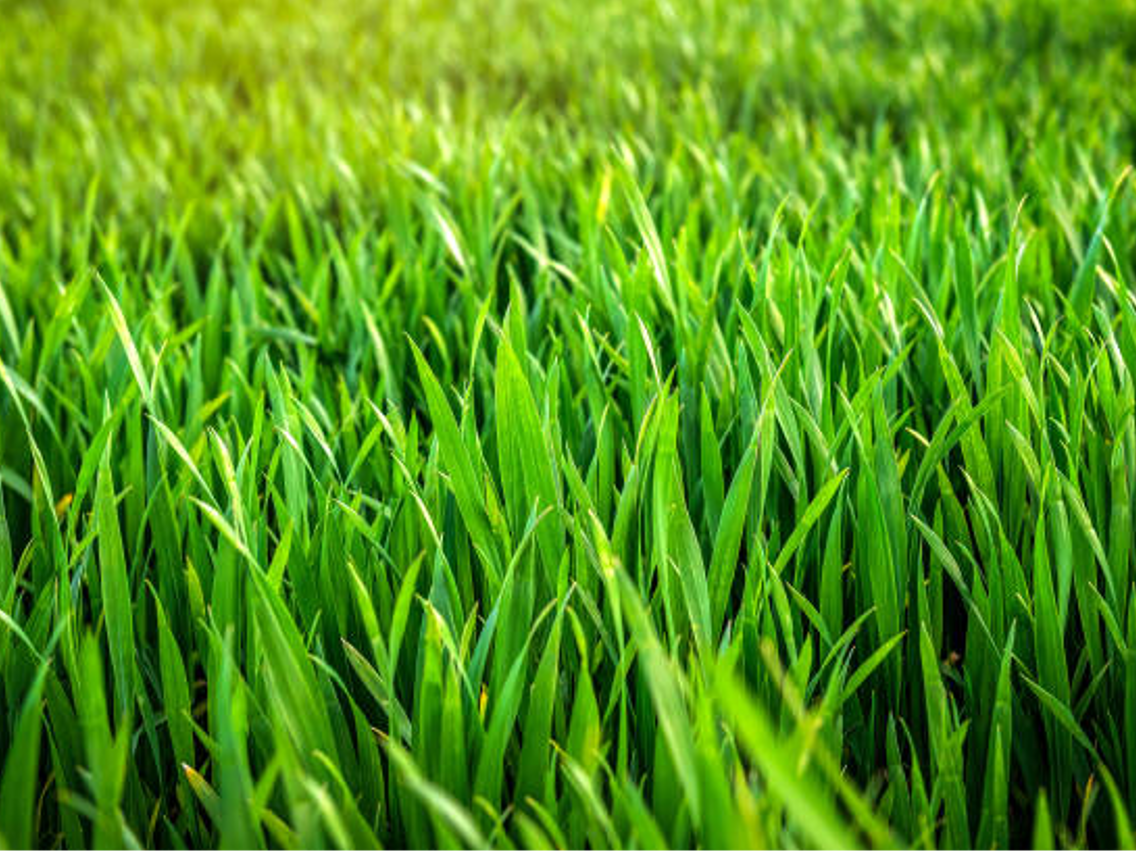Young Wheatgrass

Common Names: Wheatgrass, Young Wheatgrass, Green Wheat, Common Wheat, Bread Wheat, Triticum aestivum, Wheat, Triticum
Latin Name: Triticum aestivum (vulgare)
Origin: Africa, Asia, Australia, Europe, South America, North America
Short Introduction
Wheat is a very commonly cultivated cereal in the Czech Republic. If you wish to grow young wheatgrass at home, there are several options available. One popular method is sprouting wheat seeds. First, rinse the seeds thoroughly to remove any husks and coarse debris. Soak them for several hours in previously boiled (and cooled) water. Drain the water, then place the seeds in trays or other suitable containers (avoid metal) and leave them in a bright spot. Rinse the seeds with water several times a day when you remember. You can use special sprouting trays, or simply put the seeds in an ordinary PET bottle with several holes at the bottom for drainage. This makes rinsing and maintaining stable moisture levels easy. In a few days, the seeds will sprout and can be consumed immediately or planted in a small pot. The young plant contains a high concentration of beneficial nutrients.
Detailed Description
One of the world’s staple grains, wheatgrass is valued for supporting chronic fatigue, depression, and revitalizing low energy levels.
Botanical Information
Wheat is botanically classified as a grass species and can reach up to 150 cm in height. It is an annual or biennial plant with a hollow stem marked by nodes. The stem produces long, narrow leaves with auricles and ligules, while its flowering structure is a composite, spike-like inflorescence with several spikelets. The husks are egg-shaped and awnless. Young emerging plants appear green, though wheat varieties differ morphologically.
Origin and Distribution
Wheat likely originated in the Near East, from where it gradually spread worldwide. Today, it is cultivated globally. Genetic studies suggest wheat descended from wild grasses in the eastern Mediterranean (or northern Africa), spreading into Europe during the Neolithic era. Wheat reached North America in the 16th century, brought by Spanish missionaries during the conquest of the continent.
Usage / Dosage
Young wheatgrass serves similar purposes in natural health as young barley grass, containing comparable active compounds. The main difference lies in flavor profile, which varies significantly and should be chosen by individual preference. In terms of effects, compared with barley, young wheatgrass is noted for greater stimulation of metabolism, making it ideal for dietary regimens and weight-loss plans. Its higher energy value also makes it beneficial for those struggling with chronic fatigue and depressive states. Some users have reported noticeable improvements in energy and reduced fatigue after just 10 days of regular use.
The medicinal components of young wheatgrass provide potent antioxidant action and help regulate essential physiological functions. It also has a marked alkalizing effect, helping neutralize acidic substances in the body (which are believed to affect homeostasis and contribute to aging and the development of cancerous cells).
Other active substances in wheatgrass help to block the absorption of toxins and foreign agents from food, and capture already absorbed harmful substances, binding to metal ions and supporting bodily detoxification. Young wheatgrass is a powerhouse of enzymes.
Active Compounds
As with barley, the nutritional profile of wheat is generally referenced per 100g of flour, which contains about 12g of protein, 2g of fat, and 70g of polysaccharides—mostly starch. Important trace minerals include calcium, phosphorus, iron, magnesium, and vitamins B1, B2, and B6.
However, as a developing plant, young wheatgrass contains these nutrients plus many more in higher quantities. It is highly recommended in nutritional counseling. Young wheatgrass is rich in beta-carotene and vitamins A, B1, B2, B5, B6, C, E, and K. Its cells are packed with amino acids (at least 16 have been analyzed). Among mineral content, zinc and potassium are also notable. Digestive enzymes and chlorophyll further enhance its healthful properties.
Traditional Dosage
The typical recommendation is to take one teaspoon of wheatgrass powder twice daily, dissolved in an appropriate liquid—water, juice, or smoothie are ideal. For the quickest and most effective absorption, consume 30 minutes before meals or at least 2 hours after eating (similarly to barley grass). It is best to dissolve the powder in at least double its volume of liquid, adjusting consistency as needed by adding more fluid to achieve a smooth suspension, then drink. If you are taking "regular" medication, maintain an interval of at least one hour between medication and wheatgrass intake.
